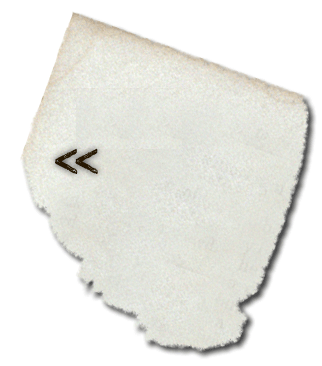

| sweet: | 4.1 |

Mid spring at sunset, and the first pasque flowers come up from the soil. The foliage unfurls like a coil and is only a few inches off the ground. Covered in a peach fuzz halo, it almost seems ticklish—when the night temperatures drop the flower closes and the leaves shrink back toward the ground, at peace, ready for tomorrow's resurrection.

As a kid I remember my mother buying hollow candy eggs, Easter dioramas about the size of a real egg. Inside there might be some flowers or butterflies in pastel colors. I don't remember what they're called, but I remember I kept them for weeks, never eating them, never breaking their white, sand dollar shells. Like a kaleidoscope, I'd hold one up to a squinted eye and pretend I was inside.


| sweet: | 4.1 |

I think most people see things either from a distance or from a personal frame of reference, or filter. There's no in between. When this lily first bloomed I briefly admired it and walked on. Then I came back. First I took a profile shot framed by other plants, then a grouping of lilies, then one single bloom, then only a part of the bloom. Though an image can dissect and find meaning, an image can also recreate meaning—a petal is more canvas than flesh, or more flesh than canvas. A petal is a thumbprint of a flower's heartbeat.

Within one bloom is the echo of itself across petals and into the stamen. There's symmetry even in the diversions. Sometimes it seems that a bed of similar flowers are the stop action animation of one flower swaying in the breeze, frozen frames stretched across the space. If you look closely at one, you may see that same echo brushed into the surface like a record.


| sweet: | 4.1 |

In nature apparent wildness is a mathematical equation, a fractal. Chaos is created by repetition, perfect symmetry, and what was once will be again. It's a verse in Ecclesiastes—nothing is truly new. And yet by the personal act of human perception and reflection everything is new, so much so that it can feel overwhelming, chaotic. Which, perhaps, makes the world more comforting if chaos can be mapped at the center of a prairie flower.
| ...return to Table of Contents |


